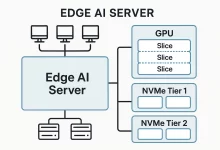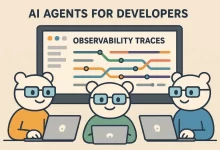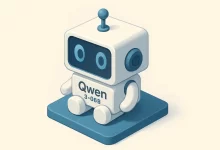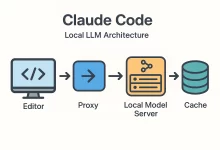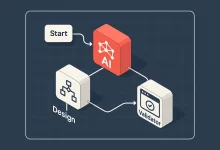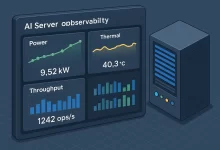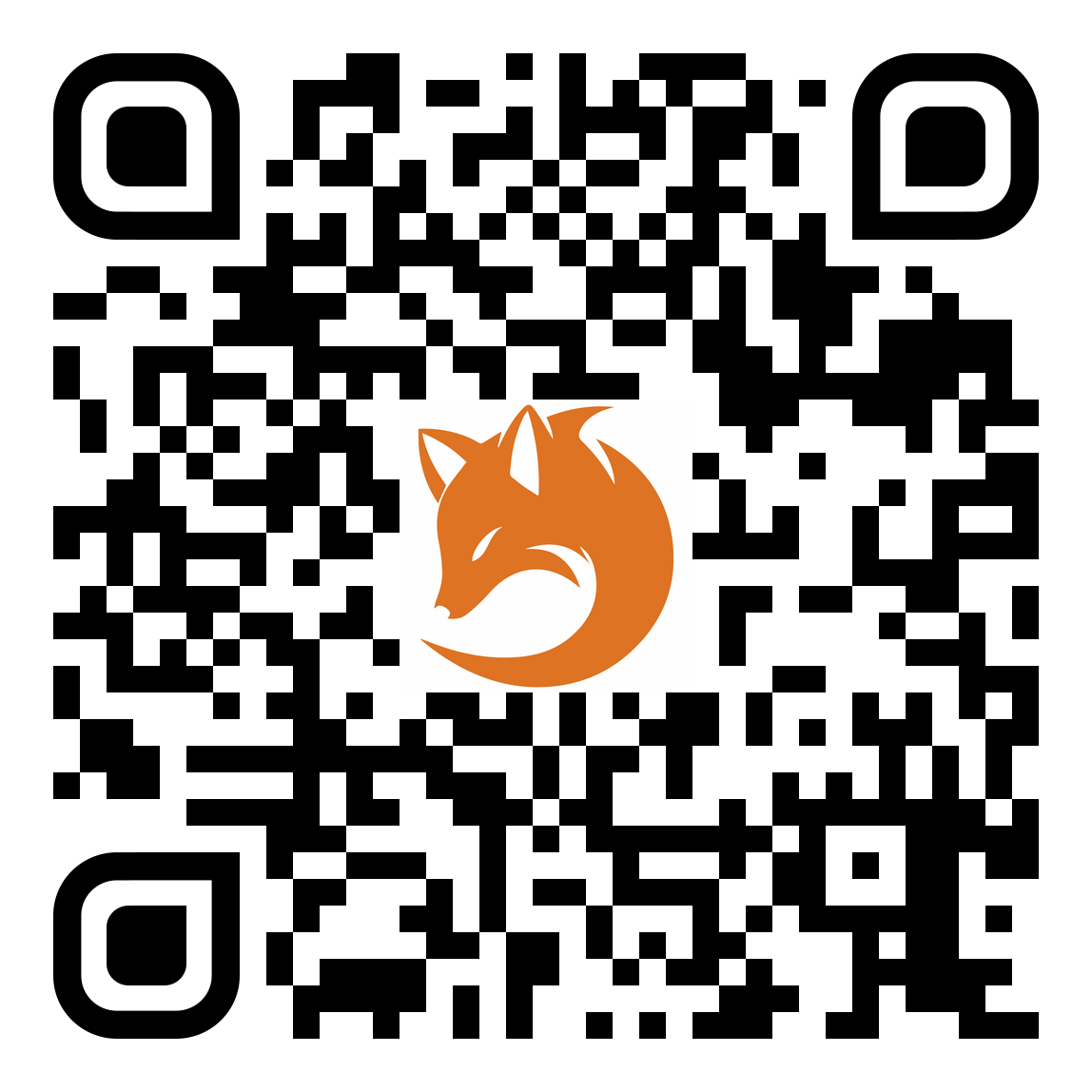Google Stitch: The AI-Powered UI Design Revolution
When Google announced Stitch, its experimental AI-driven UI design assistant powered by Gemini 2.5 Pro, the design community paused to consider a new reality: What happens when artificial intelligence can instantly create production-grade interfaces from natural-language prompts or simple sketches? For many UI and UX designers, the question on everyone’s mind is whether this game-changing tool will make their roles obsolete—or simply empower them to achieve more.

What Is Stitch and How Does It Work?
At its core, Stitch is an ambitious Google Labs project that harnesses a state-of-the-art multi-modal AI model (Gemini 2.5 Pro) to interpret text, images, and wireframe inputs. In practical terms, designers (or non-designers) can type a description like, “Build a minimalist, dark-themed shopping cart interface with rounded buttons and a sticky checkout bar,” and within seconds, Stitch generates a fully editable UI mockup. Even better, you can upload a rough sketch, competitor screenshot, or hand-drawn wireframe, and Stitch will convert it into a scalable, responsive design complete with appropriate components.
- Natural Language to UI: Simply write what you envision, and Stitch translates your words into polished user interfaces.
- Image or Wireframe to UI: Upload a sketch or screenshot, and the AI recreates it as a fully responsive design, placing buttons, navigation bars, and other components based on industry standards.
- Context-Aware Refinements: By combining text and image inputs, Stitch fine-tunes micro-interactions, accessibility patterns, and layout hierarchies—beyond simple template generation.
Key Features and Capabilities
Gemini 2.5 Pro Integration
Driven by Google’s Gemini 2.5 Pro multi-modal model, Stitch understands text, images, code, and UI design patterns simultaneously. Rather than just offering static templates, it solves real-world design challenges by generating contextually appropriate layouts and recommending micro-interaction improvements. Designers can ask Stitch to “design a flash-sale app homepage,” and it will propose a banner displaying a “50% off” promotion with relevant food imagery, dynamically arranged product categories, and an accessible navigation bar—all styled according to Material Design guidelines.
Export to Figma or Production Code
One of Stitch’s most compelling advantages is its seamless handoff. Generated UI mockups can be exported directly into Figma as editable layers, preserving design fidelity. Alternatively, you can choose to export HTML/CSS code that adheres to accessibility standards, complete with semantic tags—although React and Flutter support is currently in development. In either scenario, Stitch acts as a “universal translator,” reducing friction between designers and developers.
Why Designers Are Excited (and Cautious)
For non-designers—product managers, marketers, educators, or even students—Stitch offers a near-effortless path to building functional UI prototypes without writing a single line of code or opening Figma. Entrepreneurs and indie developers can iterate on design concepts in hours rather than weeks, accelerating user testing and MVP launches.
However, seasoned UI professionals worry about overreliance on AI for creative tasks. While Stitch can generate high-quality interfaces quickly, it isn’t perfect. Complex interactions, intricate animations, and highly customized branding elements may still require a designer’s nuanced eye. Moreover, generated Figma files often need additional cleanup to meet production standards, especially when it comes to naming conventions, organized layer structures, and precise spacing rules.
Bridging the Design-to-Development Divide
Historically, one of the biggest pain points in product development has been the handoff between design and front-end engineering. Designers meticulously craft pixel-perfect mockups in Figma or Sketch, only to watch them get “translated” into code by developers enforcing their own interpretations. Stitch eliminates much of this friction by generating clean, accessible HTML/CSS as part of its export function. Rather than debating margin values or component names, teams can collaborate on a unified AI-generated foundation, then refine it collaboratively.
Empowering Non-Designers: Democratizing UI Creation
Imagine a world where a founder types “I want a green, health-themed grocery app homepage with circular category icons,” and within minutes, they have a shareable, clickable prototype ready for stakeholder review. By lowering the barrier to entry, Stitch empowers individuals without formal design training to build functional UI prototypes. This democratization is revolutionary, enabling faster ideation cycles, more inclusive feedback loops, and the potential to iterate on dozens of concepts in a single day.
Limitations and the Human Touch
Despite its groundbreaking capabilities, Stitch is still an experimental tool in Google Labs. It struggles with deeply interactive applications—those requiring complex state management or custom animations. The generated HTML/CSS may also require additional cleanup before entering production, especially for larger projects. Currently optimized for web interfaces, mobile support is on Google’s roadmap but not yet widely available. As a prototype, Stitch shines as a creative assistant—speeding up ideation and alleviating repetitive tasks—but it doesn’t yet replace the strategic decision-making and nuanced aesthetic judgment of seasoned UI professionals.
The Future of UI Designers in an AI-First World
So, will Stitch render UI designers obsolete? The short answer: highly unlikely. Instead of eliminating design roles, AI-driven tools like Stitch will shift the nature of work for creative professionals. Designers will spend less time on tedious tasks—like building basic layouts, choosing standard components, or exporting code—and more time focusing on user research, branding consistency, and complex interaction design.
- Strategic Planning & User Research: As Stitch handles boilerplate UI generation, human designers can dedicate more energy to understanding user behavior, refining user journeys, and conducting usability tests.
- Brand-Driven Customization: While Stitch provides a strong baseline, brands seeking a unique identity will rely on designers to add custom animations, bespoke illustrations, and brand-voice–aligned color palettes.
- Complex Interaction Design: Multi-step user flows, advanced micro-interactions, and responsive behavior beyond simple breakpoints require human expertise to ensure both usability and delight.
- Cross-Functional Collaboration: With Stitch reducing handoff friction, designers will be better positioned as collaborative partners, working side by side with developers, product managers, and data analysts to optimize user experiences.
Getting Started with Stitch Today
For curious designers and teams eager to explore Stitch, here’s a simple workflow:
- Sign up for Google Labs early access and explore the Stitch interface.
- Draft a natural-language prompt describing your desired interface (e.g., “Create a landing page for a fitness app with emphasis on wellness programs”).
- Upload rough sketches or reference screenshots to see how Stitch interprets visual cues into real components.
- Review the generated mockup and export it to Figma for final refinements—fine-tune spacing, typography, and brand colors as needed.
- When ready, export HTML/CSS for quick deployment or hand off to front-end engineers for further optimization and integration.
Conclusion: AI as a Design Partner, Not a Replacement
Google’s Stitch is a powerful demonstration of how artificial intelligence can streamline and accelerate the UI design process. By combining Gemini’s multi-modal understanding with robust code generation, Stitch blurs the line between ideation and production. While it is tempting to imagine a future where AI alone crafts every pixel, the reality is more nuanced: designers who embrace AI tools will gain a competitive edge by focusing on strategic, user-centric challenges, leaving repetitive tasks to algorithms.
Far from making designers obsolete, Stitch promises to amplify human creativity—turning ideas into digitized interfaces faster than ever before. As you experiment with Stitch, remember that the best AI-assisted designs emerge when human intuition and machine efficiency join forces.

 FoxDoo Technology
FoxDoo Technology
